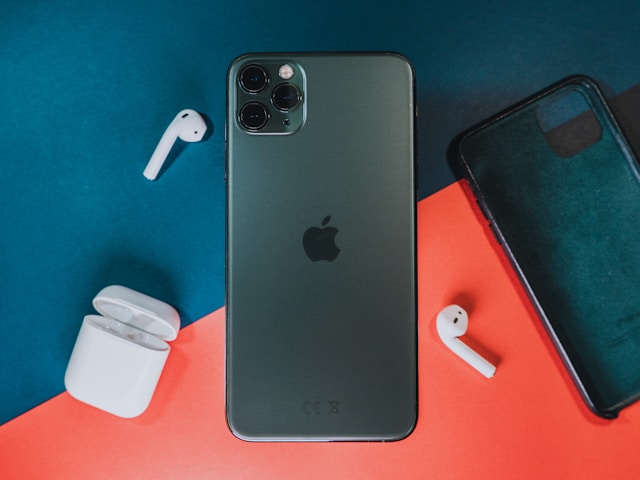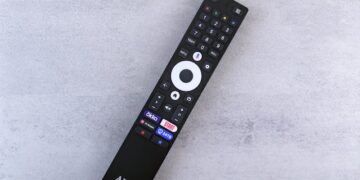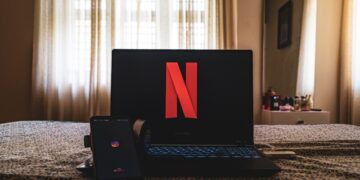If you’ve just upgraded to a new iPhone and want your favorite playlists, albums, and custom songs to come along, you’re not alone. Music is one of the most personal parts of any phone setup, and transferring it correctly can save hours of frustration.
As of 2025, Apple has refined how iPhone-to-iPhone transfers work, offering multiple secure, fast, and wireless options. But depending on whether your songs are purchased from iTunes, downloaded from Apple Music, or manually added, the right method varies.
This detailed guide explains how to transfer music from one iPhone to another, compares all available methods, and helps you choose the best option for your needs.
Why Transferring Music Between iPhones Isn’t Always Simple
Unlike photos or contacts, music data can come from multiple sources iTunes, Apple Music, MP3 files, or third-party apps. Because of licensing and DRM (digital rights management), not all music files transfer automatically during device setup.
That’s why it’s important to understand which transfer method fits your situation before you start.
1. Transfer Music Using Quick Start (Best for New iPhones)
Apple’s Quick Start feature is the most seamless way to transfer everything including music from one iPhone to another.
Steps
-
Place both iPhones close to each other.
-
Turn on your new iPhone and select Quick Start when prompted.
-
Scan the animation on your new device with your old iPhone.
-
Follow the setup prompts to copy data, including your Apple ID and music library.
-
Wait for the transfer to complete.
Why It’s Great:
-
Transfers both Apple Music and iTunes-purchased songs.
-
Keeps playlists, favorites, and metadata intact.
-
Works wirelessly and securely.
Limitations:
-
Doesn’t transfer manually imported MP3s that weren’t synced via iTunes.
-
Requires both devices to be running iOS 15 or later.
2. Transfer Music via iCloud or Apple Music Sync
If you use Apple Music or have your music library stored in iCloud, transferring is effortless everything syncs automatically.
Steps
-
Sign in to the same Apple ID on both iPhones.
-
On both devices, go to Settings → Music → Sync Library and turn it ON.
-
Ensure both phones are connected to Wi-Fi.
Within minutes, your entire Apple Music or iTunes library will appear on the new iPhone.
Why It’s Great:
-
100% wireless no cables or computer needed.
-
Works for both purchased and uploaded songs.
-
Retains playlists, play counts, and cover art.
Limitations:
-
Requires an Apple Music subscription or iTunes Match.
-
Relies on a stable Wi-Fi connection for large libraries.
3. Use iTunes or Finder (Best for Local MP3s or Custom Songs)
For users who have downloaded MP3 files or ripped CDs, using iTunes (Windows) or Finder (macOS) remains the most reliable method in 2025.
Steps
-
Connect your old iPhone to a computer using a USB cable.
-
Open iTunes (on Windows) or Finder (on macOS).
-
Click on your device and choose Back Up Now → ensure Encrypt Local Backup is selected.
-
After the backup completes, disconnect your old iPhone and connect the new one.
-
Restore from the same backup.
Why It’s Great:
-
Transfers all songs, including non-Apple files.
-
No internet connection required.
-
Ideal for large, offline music libraries.
Limitations:
-
Requires physical connection.
-
Backup and restore process can take time for large libraries.
4. Transfer Music Using AirDrop (Best for a Few Songs)
If you just want to send a few tracks between friends or devices, AirDrop works perfectly.
Steps
-
On both iPhones, enable Bluetooth and Wi-Fi.
-
Open the Music app or Files app where your song is stored.
-
Tap Share → AirDrop → Select Recipient iPhone.
-
Accept the file on the new iPhone.
Why It’s Great:
-
Fast, wireless, and doesn’t require iTunes or iCloud.
-
Perfect for quick sharing of non-DRM music files.
Limitations:
-
Can’t transfer Apple Music or protected iTunes songs.
-
Only useful for small batches of files.
5. Third-Party Tools (For More Control and Cross-Platform Transfer)
Apps like iMazing, AnyTrans, or MobileTrans are popular in 2025 for those who want complete control over their music transfers.
These tools can move:
-
iTunes music
-
Local MP3 files
-
Playlists
-
Album artwork
-
Metadata
Expert Opinion:
After testing several transfer apps in 2025, iMazing remains a top choice due to its reliability, drag-and-drop interface, and automatic conversion for unsupported formats.
Visual idea: Create a comparison table showing:
Method |
Best For |
Internet Needed |
Speed |
Includes Playlists |
|---|---|---|---|---|
Quick Start |
Full device setup |
No |
Fast |
Yes |
iCloud/Apple Music |
Subscribers |
Yes |
Moderate |
Yes |
iTunes/Finder |
Offline users |
No |
Medium |
Yes |
AirDrop |
Few songs |
No |
Fast |
No |
Third-party apps |
Power users |
Optional |
Fast |
Yes |
6. Troubleshooting Common Music Transfer Issues (2025 Updates)
Even with Apple’s improved systems, some users face issues like missing songs or grayed-out playlists. Here’s how to fix them:
-
Songs not syncing via iCloud: Ensure both devices use the same Apple ID and Sync Library is toggled on.
-
Some tracks missing in Apple Music: Check for region restrictions or unavailable songs due to licensing.
-
AirDrop not working: Reset network settings on both devices and keep them within 10 feet.
-
iTunes backup missing songs: Confirm “Manually manage music” is unchecked before backup.
7. How to Transfer Music Without iTunes or Apple Music
If you’re moving away from Apple’s ecosystem, there are still options in 2025:
-
Dropbox or Google Drive: Upload songs and download on the new device.
-
Share via Files app: Works for DRM-free files.
-
Third-party file transfer apps like Send Anywhere or SHAREit.
These methods are ideal for users who keep their music locally instead of streaming.
Expert Tips for a Smooth Music Transfer (2025 Edition)
-
Clean your library first: Delete duplicates before syncing Apple’s iCloud Music Library often merges copies.
-
Check DRM restrictions: Purchased songs before 2009 may still carry Apple’s FairPlay DRM. Re-download them from iTunes if possible.
-
Keep both devices updated: Use iOS 17 or newer for faster wireless transfers.
-
Backup before syncing: Always make an encrypted local backup to prevent loss.
Conclusion
Transferring music from one iPhone to another in 2025 is easier and more flexible than ever whether you prefer Apple’s native tools or third-party solutions.
For most users, Quick Start or Apple Music Sync provides the fastest experience, while iTunes/Finder remains the best for offline or custom libraries.
By understanding how each method works and when to use it, you can move your entire collection from playlists to personal tracks in minutes without losing a single note.









